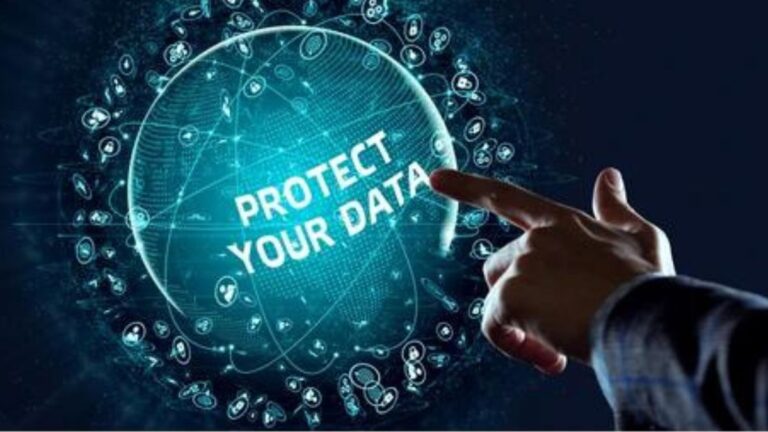It goes without saying that data has emerged as one of the major strategic resources for companies today. With new threats developing every day, having safeguards for such valuable information is not a mere luxury, but a necessity. Data masking is one of the techniques that could be employed to ensure that organizations have their data protected and at the same time made available for use. But before we dive into how data masking can be implemented, let us first understand what data masking is in the first place. Let’s go deeply into data masking and look how it is significant from the perspective of data security.
The Concept of Data Masking
Data masking is the process of transforming sensitive data into a rather generic form that looks like valid data at first glance. Think of it as putting a mask on your data that will allow it to be utilized without divulging the sensitive information underneath. For example, a credit-card number may be masked as “1234-XXXX-XXXX-5678,” where the important information is hidden, but the general format of a credit card remains the same.
This is especially useful in non-production use cases such as test/development environments where true data may be required but its intrusion might prove catastrophic. Masking data essentially opens doors for an organization to significantly minimize the risk of people gaining unauthorized access while at the same time providing the institution the benefit of data usage for important organizational processes.
Types of Data Masking
There are various scenarios under which data masking has to be performed with a certain technique so that the data may be appropriately protected without undermining the utility. Some common methods are shared below.
Static Data Masking
It involves masking the data in a non-production environment before it’s used, ensuring that sensitive data is never exposed outside of the production environment.
Dynamic Data Masking
In this technique, data is masked in real time as it is being accessed, enabling the user to interact with live data without disclosing sensitive elements.
Deterministic Masking
The method maintains consistency by always generating the same masked representation given the same input, which is crucial in maintaining data relationships between datasets.
Random Data Masking
In this, random characters or numbers replace sensitive data elements, making it impossible to reverse-engineer the original information.
A Strategic Approach to Implementing Data Masking
When it comes to data masking, it is advisable to have a strategic approach when implementing it in your organization. The process begins with the determination of the data components that require protection. This may include personal information such as name, social security number, email address, phone number, identity numbers, pictures and video recordings or organized documents such as financial records or clinical histories or any other data that is incriminating and could be utilized unlawfully in the event that it gets into the wrong hands.
Once you’ve identified the sensitive data, the next step is to select the appropriate masking technique. The kinds of techniques you need to use depend on your specific needs, such as whether you need to protect data in a testing environment or in real-time as users access it.
Create a masking strategy right after selecting the right technique- it should cover what is going to be masked, who will get access to it, and how this will be managed. Automating this process would enforce consistency and productivity when data masking tools are used.
Testing and validation are key processes you need to undertake before deployment. This is for ensuring that the functionality and integrity of the masked data are guaranteed such that there would be no disturbance or halting of operations.
Finally, continuous monitoring and maintenance of data masking is important. As new sensitive data is generated, it must be appropriately masked to ensure continuous protection.
Benefits of Data Masking
Data masking offers numerous advantages that go beyond simply protecting sensitive information. One significant benefit is compliance with regulations such as GDPR, HIPAA, and PCI-DSS, which require organizations to safeguard sensitive data.
Data masking will minimize the risk of data breach, reducing the potential damage to an organziation’s financial and reputational values. Even if a breach occurs, the amount of data that would be exposed is minimized as the masked data is practically unusable for the attackers.
Data masking maintains the utility of the data, unlike encryption, which effectively renders data unusable without decryption. The data that has been masked can therefore be used without potential security implications for testing, analysis, or development.
Creative Applications of Data Masking
Data masking isn’t just a defense mechanism; rather, it is an evolved practice. For example, masked data can be used within a training scenario to perform real-world-like simulations without the risk of exposing sensitive information.
Data masking allows data sharing with third parties through the shared datasets, while maintaining data safety. This feature is most important if an organization is looking to work with partners or vendors who require access to certain datasets.
Applying data masking to real data ensures that new systems or applications tested are able to transfer the real data without posing any risks. Researchers can also use data masking for studies when sensitive data is accessible, thus supporting results and conclusions that align with privacy.
Conclusion
In a world that is hyper-connected and over-digitized, data breaches are a common occurrence. Data masking acts as a dependable shield to protect sensitive data. Whether for compliance, innovation, or just data security, data masking has you covered. Realize the power that hides within data masking as you take that first step in securing your organization’s most valuable asset—your data.
